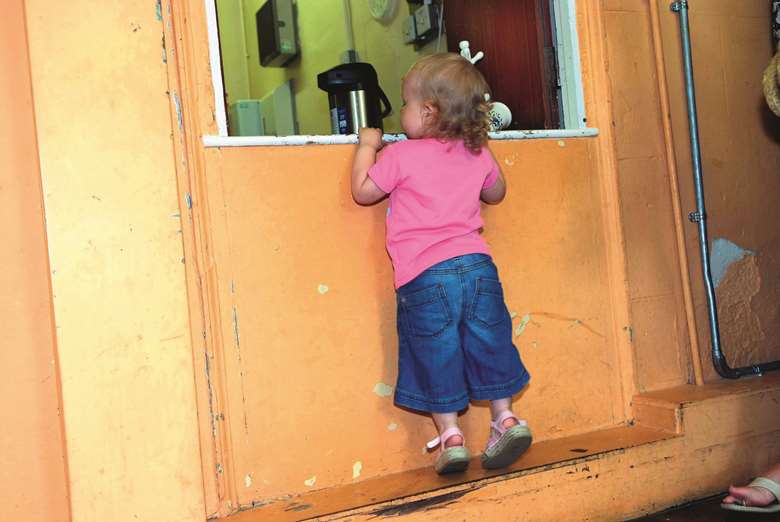Child welfare expert questions child poverty figures
Laura McCardle
Thursday, March 13, 2014
Government figures that show a decline in the number of children living in poverty in recent years have been questioned by a child welfare expert.

Peter Grigg, the director of campaigns, policy and research at the Children's Society, says that child poverty in actual terms is rising, in contrast to recent government figures that show a fall.
Government analysis states that the number of children living in poverty fell to 2.3 million by June 2012 – 300,000 fewer than at the beginning of 2009/10.
But when asked about the government figures at an education select committee hearing on Wednesday, Grigg said: “Indications are that child poverty is rising and there will be 800,000 more children in poverty by 2020 than there are now, according to the Institute for Fiscal Studies.
“Historically child poverty had begun declining but there are still one in four children in poverty.
“I think it depends what measures you are using. There are some signs that the people in absolute poverty [have fallen] but relative poverty is on the increase.
“The number of children in poverty is rising in actual terms.”
Also giving evidence to the committee was schools minister David Laws who spoke about education’s role in improving the wellbeing of young people post-16.
He told the committee that the number of young people not in education, employment or training (Neet) has fallen from 10.3 per cent in 2008 to 7.6 per cent recently, which he said is the lowest quarterly figure since quarterly data collections began.
Laws admitted that the number of young people classed as being Neet is “not very good” but said the figures indicating a fall were encouraging.
He said he wants to increase the options available to young people when they leave school and improve their performance post-16.
He said: “We still have a lot of very low-attaining students at age 16.
“All the indications are, at 16 and 18, that you tend to go on to do good things successfully if you’ve mastered the subjects at 16 so I think a lot of the focus here ought to be on that.”




